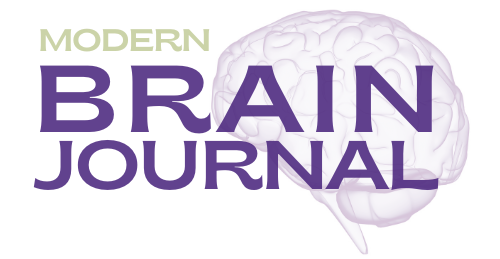A Breakthrough in Understanding Age-related Memory Loss
Age-related memory loss has been a slow mystery to unravel among the neuroscience community but a new discovery may provide some insight into what causes it.
Research published in the May 20, 2022 issue of the journal Current Biologysuggests that, despite experiencing age-related effects at the neuronal level, some people may be resilient to cognitive decline. But how is that possible?
According to recent study, which was done on rats, the hippocampus appears to perform two distinct processes:
• Pattern separation: making similar, overlapping representations more distinct
• Pattern completion: making overlapping representations even more overlapping
As we age, our ability to separate patterns decline, possibly due to an overactive CA3 network in the hippocampus. There’s evidence to support this, as some hyperactivity-reducing drugs have boosted memory performance in older rats.
But the new research found that some senior memory-unimpaired rats performed as well as young rats in memory tasks despite having overactive CA3 networks. (It’s important to note, however, that their performance occurred on a continuum between the scores of the younger rates and the most impaired older rats until a threshold was crossed.) The scientists believe that two factors may have helped the memory-unimpaired senior rats: compensatory mechanisms and neuroplasticity.
Compensatory mechanisms
As we age, the number of inhibitory neurons in our hippocampus declines in those with both memory impairment and no memory impairment. But inhibitory neurons in the hilus of a particular subregion (dentate gyrus) only decrease in those with memory impairment.
“One possible compensation mechanism in [aged] rats [with unimpaired memory] can be that the preservation of inhibitory neurons exclusively in the hilus in the dentrate gyrus region may be enough to overcome the age-related excitation-inhibition imbalance to favor pattern separation,” explains Heekyung Lee of the Knierim Lab at John Hopkin University, the lead author of the study.
In layman’s terms, senior rats with unimpaired memory may be compensating for overactivity in one subregion of the hippocampus (CA3) with neurons in another subregion (the hilus of the dentate gyrus).
Neuroplasticity
According to MIT Sloan School of Management Professor and Neuroscientist Dr. Tara Swart Bieber, neuroplasticity may also factor into the phenomenon. “Neuroplasticity—the ability to re-wire our brains throughout life—is likely to be the mechanism that underpins this compensation,” she explains. “Although harder in later life, it is possible to make new connections that can bypass pathways that have become weak … Also, people can fully recovery after a stroke or brain injury.”
One takeaway from the study? Future research may lead to therapeutic strategies that increase neural inhibition to help improve age-related memory problems. In the meantime, adults looking to preventing age-related memory decline may fare best focusing on learning new things—such as a second language or a musical instrument—to stimulate connection in the brain.
MBJ
Wendy Burt-Thomas writes about the brain, mental health and parenting.
Check out the original research:
https://www.cell.com/current-biology/pdf/S0960-9822(22)00713-8.pdf


